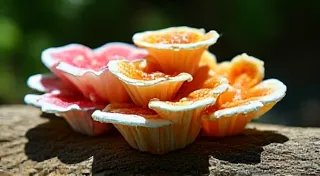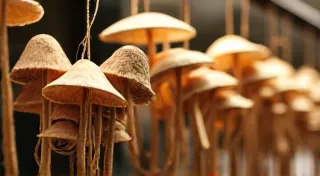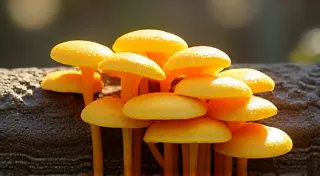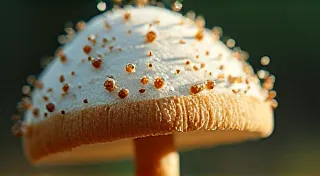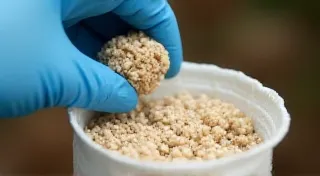Enoki Mushroom Cultivation: A Delicate Delight
Enoki mushrooms (Flammulina velutipes), with their long, delicate stems and mild flavor, are a prized gourmet treat. Cultivating these unique fungi at home presents a rewarding, albeit slightly more involved, experience than growing more common varieties. This guide will walk you through the specific conditions and techniques required for successful Enoki mushroom cultivation.
Understanding Enoki's Unique Needs
Unlike many mushroom varieties that thrive in warmer temperatures and bright light, Enoki mushrooms are cool-loving and require relatively low light conditions. Their ideal growth environment mimics the cool, humid forests of East Asia where they naturally occur. Understanding these core needs is crucial for success.
Substrate Preparation: The Foundation for Growth
Enoki mushrooms are saprophytic, meaning they derive nutrients from decaying organic matter. A suitable substrate is critical. While they can grow on various substrates, a blend of hardwood sawdust, wheat bran, and gypsum is commonly used and provides excellent results.
Mixing Ratios (example): * 70% Hardwood Sawdust (Oak, Maple, Beech) * 20% Wheat Bran * 10% Gypsum (Calcium Sulfate)
Thoroughly mix the ingredients and hydrate the substrate to achieve a moisture content of around 60-65%. Sterilize the substrate using a pressure cooker (15 PSI for 90 minutes) to eliminate competing organisms. This is a *mandatory* step.
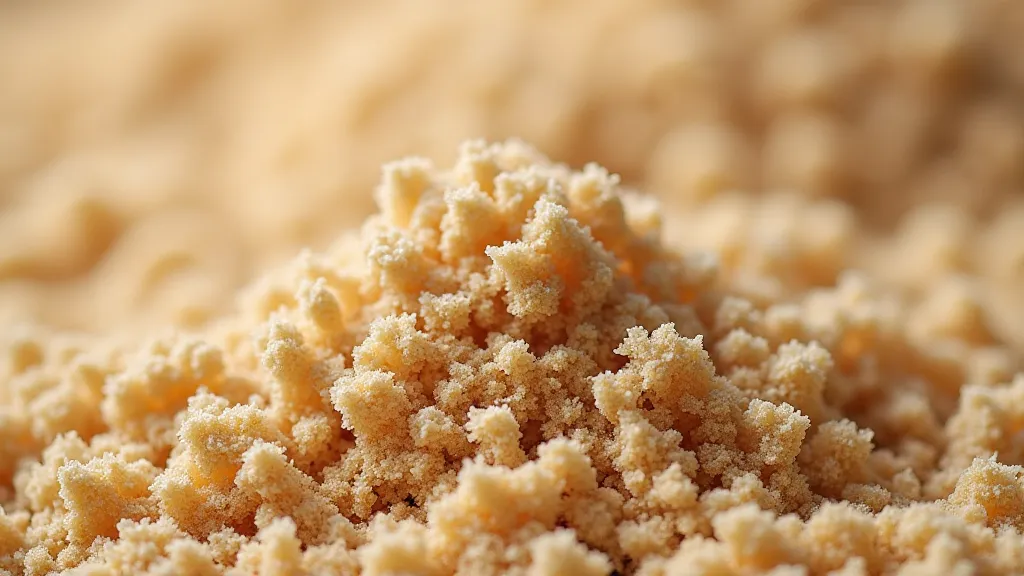
Inoculation: Introducing the Mycelium
Once the sterilized substrate has cooled completely (below 80°F / 27°C), it’s time to inoculate it with Enoki mushroom spawn. Cleanliness is paramount at this stage. Work in a sterile environment, preferably using a still air box or laminar flow hood. Distribute the spawn evenly throughout the substrate, ensuring good contact between the mycelium and the substrate.
Incubation: Mycelial Colonization
Incubation is a period of quiet growth, where the Enoki mycelium spreads and colonizes the substrate. This is best done in a dark, cool environment with temperatures between 55-70°F (13-21°C). Maintain high humidity (85-95%). Monitor the bags/containers regularly for signs of contamination (mold, unusual colors). The entire substrate should be fully colonized within 2-4 weeks.
Fruiting Conditions: Triggering the Enoki Harvest
Fruiting Enoki mushrooms requires a specific trigger. Unlike many varieties that respond to light or temperature shifts, Enoki require a period of cold shock. After full colonization, lower the temperature to 38-50°F (3-10°C) for 7-14 days. This cold shock is critical for initiating fruiting.
Following the cold shock, gradually increase the temperature to 55-65°F (13-18°C). Maintain high humidity (90-95%) and provide indirect light. Enoki mushrooms fruit in flushes, with multiple harvests possible from a single bag/container.
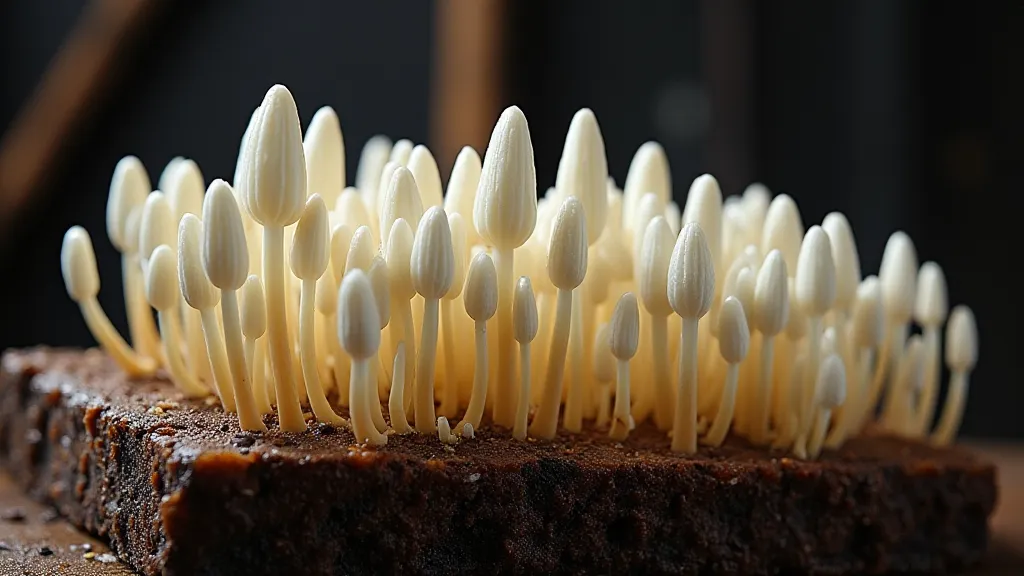
Harvesting and Post-Harvest Care
Enoki mushrooms are typically harvested when the caps are still small and the stems are long and slender. Gently twist and pull the mushrooms from the substrate. Handle them carefully, as they are fragile.
Store harvested Enoki mushrooms in a humid environment, such as a paper bag in the refrigerator. They are best consumed fresh.
Troubleshooting
- No Fruiting: Ensure proper cold shock. Verify temperature and humidity levels. Substrate may be too acidic or alkaline.
- Contamination: Discard the affected bag/container. Improve sterilization techniques. Work in a cleaner environment.
- Deformed Mushrooms: Uneven temperature or humidity can cause deformities.
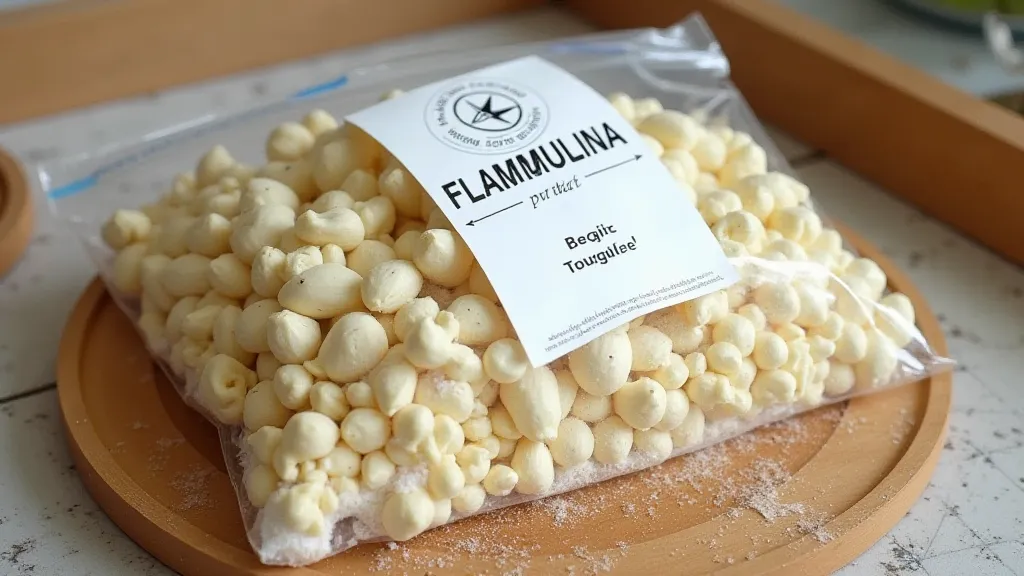
Conclusion
Cultivating Enoki mushrooms at home is a testament to patience and attention to detail. While they present a few more challenges than simpler varieties, the reward of harvesting these delicate and delicious gourmet mushrooms is well worth the effort. With careful attention to their specific needs, you can enjoy a steady supply of fresh Enoki mushrooms right from your own home.

